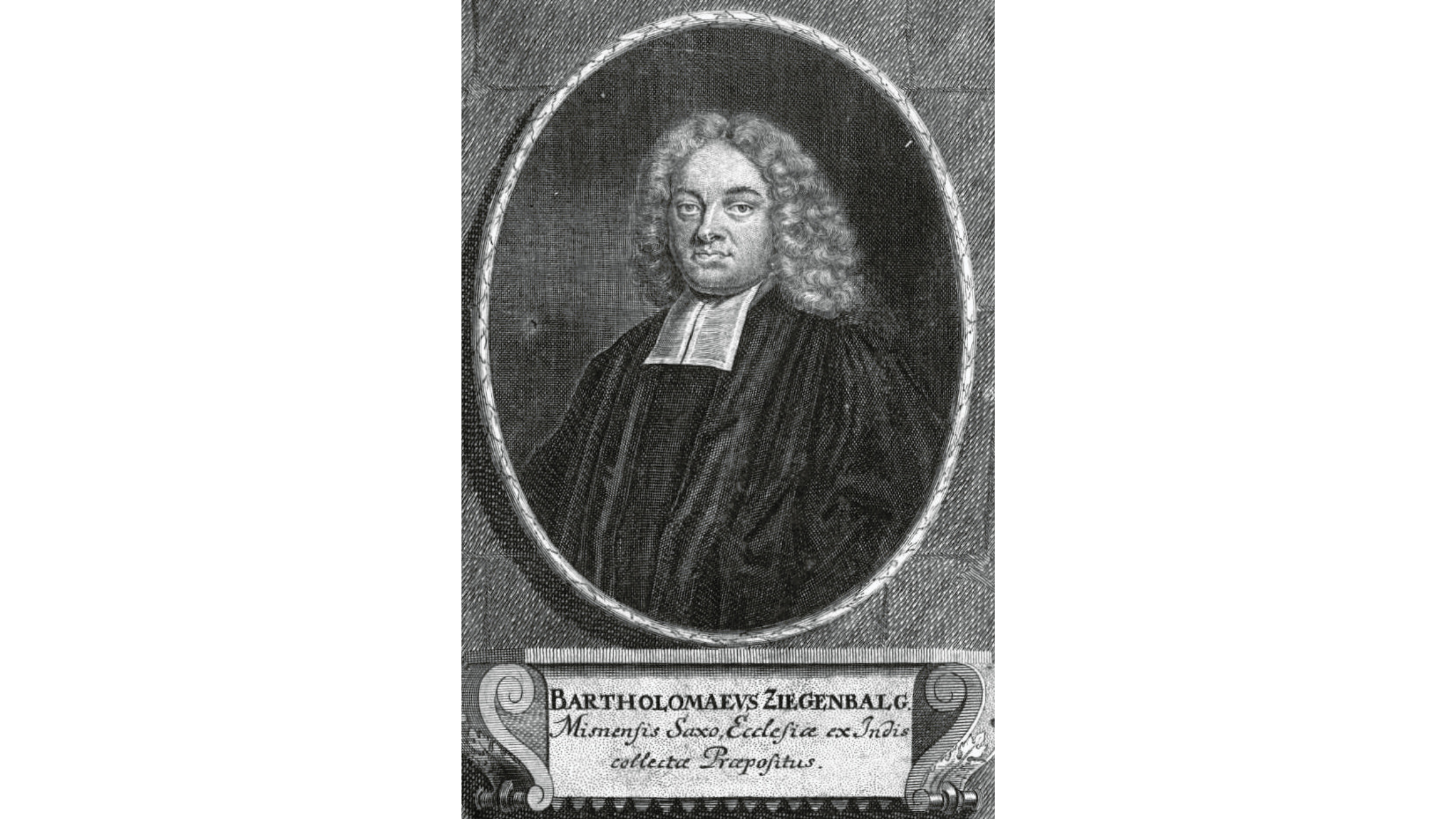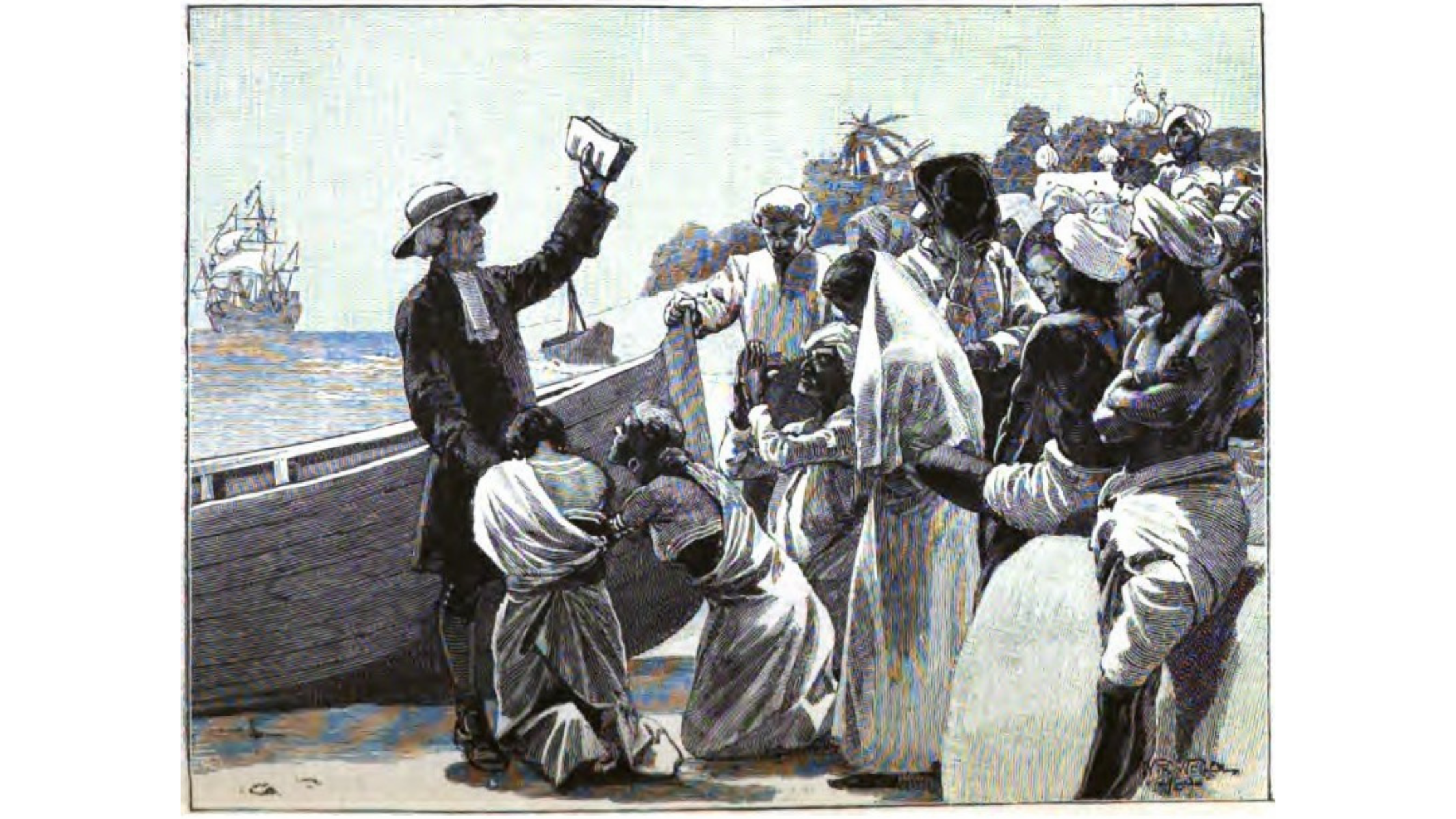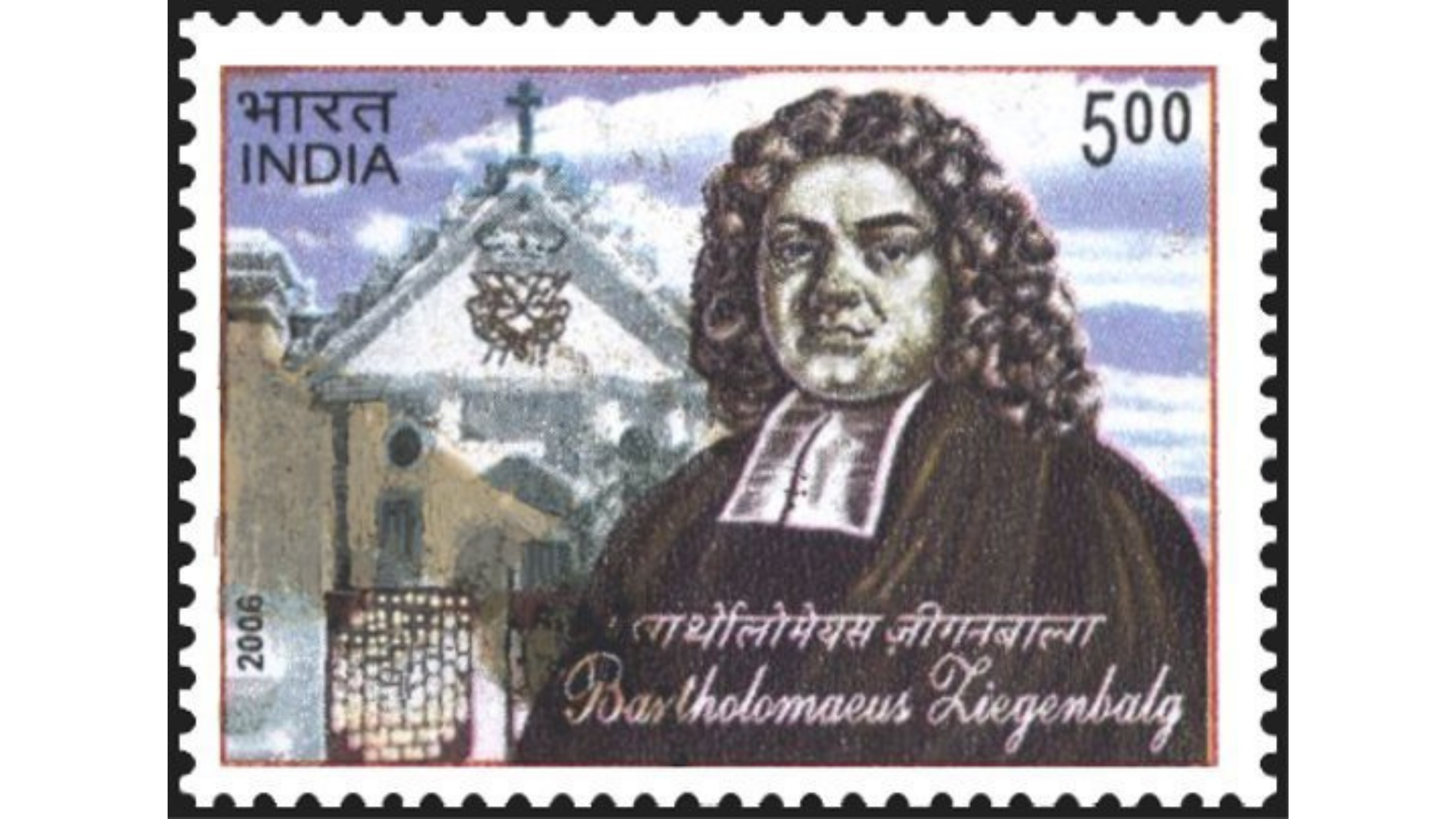Did you know that the first Bible in any Indian language was published in the early 18th century by a German missionary who taught himself Tamil while living in Danish Tranquebar?
In the early 1600s, Portugal, Holland and Britain, Europe’s superpowers at that time, were embroiled in a struggle to dominate India. Even while they were fighting it out, in 1620, Denmark quietly managed to establish a colony in Tharangambadi, a seaside town about 280km from Chennai. They renamed it Tranquebar. And as the little colony prospered, the Danish King Frederick IV decided to introduce his Indian subjects to Christian values. But this was easier said than done. No Danish preacher was willing to travel all the way to distant India.
DETOUR: Did you know that Christianity came to India almost 2000 years ago?
Watch this short video for that story: WHEN DID CHRISTIANITY COME TO INDIA?
Just as the Danish Mission seemed set to fail, two German missionaries volunteered. One of them was a man called Barthalomaus Ziegenbalg. Even before Ziegenbalg set off, he realised he had a problem on his hands. How was a German going to preach to the locals who spoke neither Danish nor German? The only solution was to learn some Portuguese! Why Portuguese? In those days there was already a Portuguese settlement in that part of India, and some of the locals were already familiar with Portuguese. But after he landed in Tranquebar, Ziegenbalg started developing an interest in the local language, Tamil. He decided to learn Tamil.

He invited a Tamil scholar to stay in his house and run a ‘Thinnai-Pallikkoodam’ which literally means ‘school at the doorstep’. He sat along with local children and learnt to write on the sand, Indian-style. He set himself a punishing academic routine, from 7 am to 8 pm. Even his lunch-hour was not wasted: his assistant read out Tamil texts as he ate. So sincere was his effort that Ziegenbalg soon bloomed into an erudite Tamil scholar!
By 1708, he felt ready to translate the New Testament into Tamil. It took him three years to complete the task, and another 3 years to revise it to his satisfaction.
But there was a problem. Ziegenbalg had no printing press for publishing. Luckily for him, help came from an unexpected quarter: the Society for Promoting Christian Knowledge, London (SPCK). The British East India Company had consistently denied the SPCK’s requests to evangelise in India. The SPCK saw Ziegenbalg as a useful ally, and generously supplied him with the tools needed to print the Bible. The first Tamil Bible was published in 1715. In fact, it was the first Bible to be printed in any Indian language!

But Ziegenbalg’s journey was far from easy. The Hindu orthodoxy viewed his preaching as cultural imperialism, and routinely opposed him. The resident Portuguese Catholic priest, Fernandez de Guevara, was jealous of his accomplishments and conspired to derail the project. While these were understandable reactions, surprisingly enough, the local Danish administration was unsupportive too. The Dutch Governor, Johann Sigismund Hassius, considered Ziegenbalg’s activities a distraction from commerce. Zeigenbalg didn’t help matters by rashly asserting that he was the royally appointed missionary. Their relationship soured and Hassius even put him in jail for 4 months on a flimsy pretext. Ziegenbalg however, persisted with his efforts and finally succeeded in his mission. But all that stress took a toll. In 1719, Ziegenbalg fell ill and died. He was barely 37 at that time.

Ziegenbalg was more than a mere Bible publisher. The New Jerusalem Church that he built in 1718 was the first Indian Lutheran church and the precursor of the Tamil Evangelical Lutheran Church. It has a rich tradition of Tamil liturgy even to this day. In 1707 he started a girls’ school: a pioneering step in women’s education. His greatest works were related to Indology – covering Tamil Grammar and Literature, and Hindu scriptures. Sadly, many of these works received recognition only about two centuries after his death, because Europe of that time, was not yet ready to acknowledge that art and wisdom could originate from the East.
Ziegenbalg was laid to rest in his beloved New Jerusalem Church. In 2006, the Indian government released a postage stamp honouring Ziegenbalg on the 300th anniversary of the Tranquebar Mission.

Would you like to read more about Danish colonial adventures in India? Read this article on How the Danes found a toehold in India against all odds
Visiting Tranquebar? Here’s an interesting story about the Thirukadaiyur temple that is located very close to Tranquebar: A story to die for!
If you are interested in the story of the arrival and evolution of Christianity in India, sign up for the Steeple Chase tour in Chennai that takes you through Chennai’s most interesting and historic churches.
Image attribution
1. A portrait of Barthalomaus Ziegenbalg – Public Domain, https://www.heiligenlexikon.de/BiographienB/Bartholomaeus_Ziegenbalg.htm
2. A page from the Ziegenbalg & Fabricius’s Bible, 1723 – By Bartholomäus Ziegenbalg and Benjamin Schultze – Biblia Damulica. Veteris Testamenti Pars Prima. Trankebar: Det danske missionstrykkeri 1723., Public Domain, https://commons.wikimedia.org/w/index.php?curid=64365
3. Ziegenbalg at Tranquebar – By London Missionary Society – https://ia801406.us.archive.org/11/items/chroniclelondon00unkngoog/chroniclelondon00unkngoog.pdf, Public Domain, https://commons.wikimedia.org/w/index.php?curid=44705094
Archives
- January 2022
- December 2021
- November 2021
- August 2021
- March 2021
- February 2021
- January 2021
- December 2020
- November 2020
- October 2020
- September 2020
- August 2020
- April 2020
- March 2020
- February 2020
- January 2020
- November 2019
- October 2019
- September 2019
- August 2019
- July 2019
- June 2019
- August 2017
- February 2017
- January 2017
- October 2013
Featured Posts
- Tales that pots tell: Keeladi excavations AUGUST 18, 2021
- The Last Grand Nawab: Wallajah FEBRUARY 10, 2021
- How Tej Singh became Raja Desingu of Gingee FEBRUARY 5, 2021
- How Shahjahan seized the Mughal throne JANUARY 28, 2021
- Alai Darwaza – Qutub Minar Complex, Delhi NOVEMBER 21, 2020
- Marking History through British buildings NOVEMBER 17, 2020
- The last great queen of Travancore NOVEMBER 7, 2020
- Brahmi and the evolution of scripts OCTOBER 15, 2020
- The Cambodian King of Kanchipuram OCTOBER 14, 2020
- James Prinsep – the man who read the writing on the wall OCTOBER 10, 2020
- Mariamman – the Village Goddess who travelled SEPTEMBER 30, 2020
- Misnamed Monuments of Mamallapuram SEPTEMBER 28, 2020








